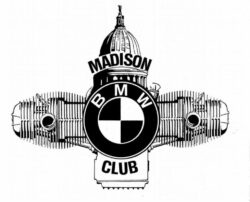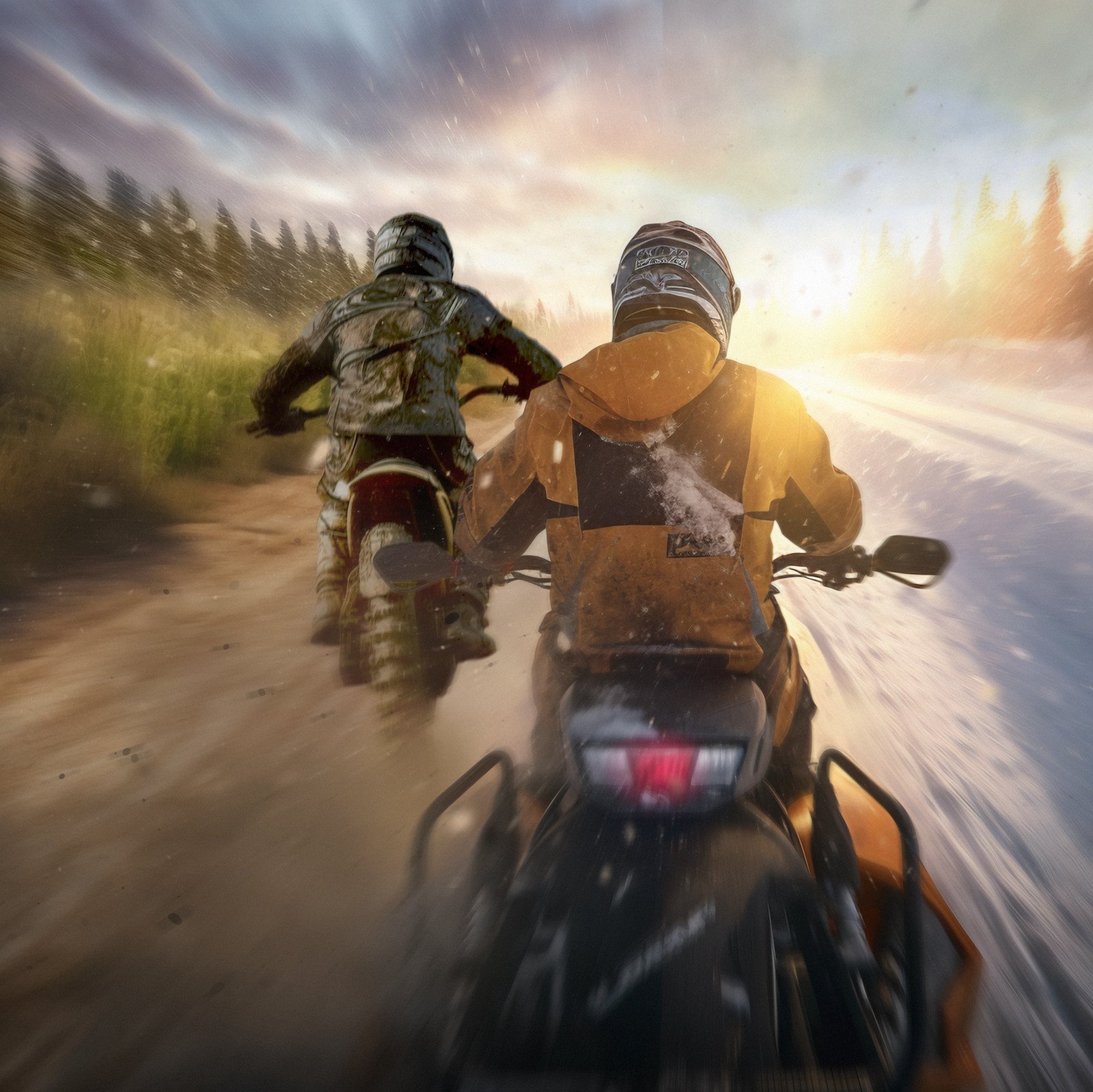Here are the Top 10 … plus one … riding tips for any time of year!
Get trained!
With the Clark Luster program for groups and the Paul B. program for individuals, the MOA Foundation is there to reimburse you part of the cost of your training programs. Whether it’s a track day training session or a beginner’s course, training helps you develop your skills to handle both the mundane (tight U-turn in a parking lot) and unpredictable (DEER!) with aplomb. Advanced courses will teach you collision avoidance techniques as well as better turning and braking techniques.
Keep track of the weather
Poor weather conditions can reduce traction and visibility, making your ride more complicated than you expect it to be. Putting the ride off a day isn’t a bad idea, but if you can’t, ensure you have the right gear and your bike is in top condition to handle the inclement weather. There are many apps available for your smartphones, and on the web try starting with the National Weather Service.
All the gear—all the time
Your gear protects you from head to toe from the elements as well as those unfortunate, unplanned fly-and-slides we all know can surprise us at any time. Use a DOT-approved helmet with face/eye protection, a sturdy leather or reinforced textile jacket with shock-absorbing armor, pants or overpants with armor, over-the-ankle boots and gloves. Whether it’s hot out or cold, there is gear suited to your riding style and climate conditions. Use layers to stay comfortable throughout the day no matter the weather.
T-CLOCS
Inspecting your bike before you ride is an easy way to help prevent unexpected delays and other problems. Using T-CLOCS (Tires & wheels, Controls, Lights, Oil & fluids, Chassis & suspension, and Side stand up) is a great mnemonic to remind you of this quick inspection process.
 Traffic laws are for you, too!
Traffic laws are for you, too!
It may be news, but all those traffic laws we expect the cagers to obey apply to us motorcyclists, too! According to the Insurance Institute for Highway Safety (IIHS), over 6,000 riders were killed in crashes in 2021—14% of all motor vehicle crash deaths—and excessive speed was a factor in as many as a third of those crashes. Ride at or near the speed limit—conditions allowing—and use your turn signals.
Don’t drink and ride
According to the IIHS, 29% of riders who died in crashes in 2021 had a blood alcohol concentration at or above 0.08%—and for single-vehicle crashes, the statistic was 43%! If you are going to enjoy alcohol, do it at the end of your riding day, not during it.
Be visible
Don’t assume car and truck drives see you. According to the Hurt Report (1981), 75% of crashes involving motorcycles cite not seeing the motorcycle as a contributing factor. Stay out of drivers’ blind spots (especially those massive semis!), always have your headlight on, consider adding auxiliary driving lights, wear bright colors (statistically speaking, a white helmet is best), use gear with reflective materials at night and be diligent about using your turn signals.
Ride defensively
Defensive riding means anticipating problems and hazards—“seeing” them in your mind’s eye before they can actually happen in front of you. Sand, oil, gravel and other materials in the road will compromise traction; bumps, potholes and debris can upset your stability. Cross railroad tracks at as close to a 90° as possible. Remember it takes about 30 minutes of steady rain to wash oil and other soaked-in materials off road surfaces, so think hard about delaying your ride if it starts raining.
Don’t tailgate
Experts recommend staying four seconds behind the vehicle in front of you, saying this gives you plenty of time to stop or swerve as appropriate in a suddenly hazardous situation. Always be running escape routes in your mind, especially when you’re in heavy traffic. Don’t forget highway shoulders are often littered with gravel and other debris.
First aid & CPR—be prepared!
Take at least a basic first-aid kit along with you on every ride, and know how to properly use its contents. Visit your local Red Cross office (or their website, redcross.org) and find out how to take a basic first aid course. Consider taking the CPR course as well, as best practices for emergency CPR have changed in the last 20 years.
Check in with your people
Let’s face it—many BMW riders enjoy being alone on the open road, unencumbered by the schedules of anybody else. Keep your people, whether they be friends, family or coworkers, in the loop by sharing the basics of your riding plans. Check in by phone, text or email on a daily basis and let them know who to call if you stop checking in. If you are riding with friends, be sure they know how to contact your next of kin should you be involved in a crash or have a health crisis on the road.

